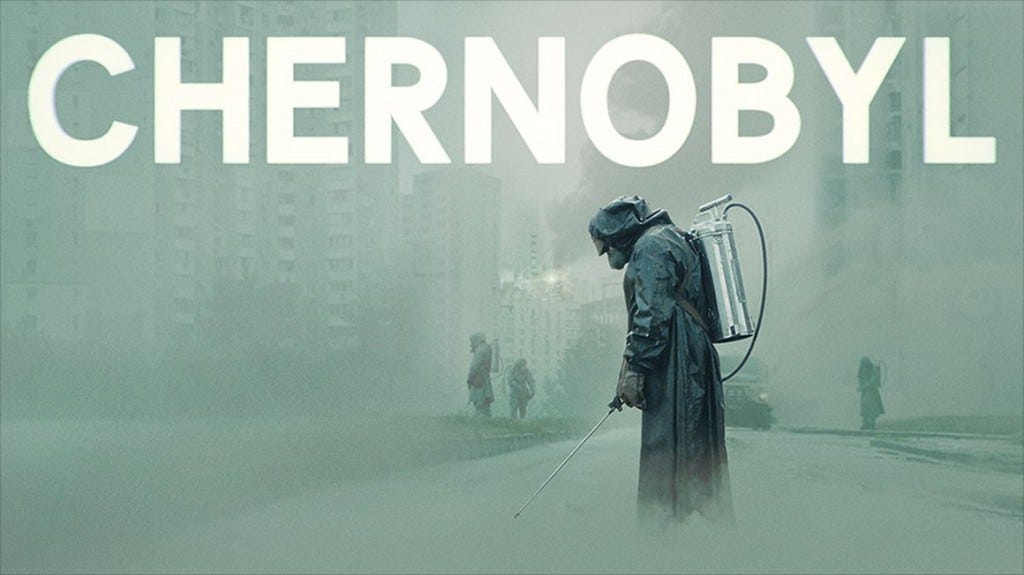Ukrainian President Volodymyr Zelenskyy addressed the UN General Assembly in New York on September 25, invoking the memory of the Chernobyl disaster while reflecting on ‘the darkest moments’ of the ongoing Russia-Ukraine war.
“Today, I want to talk about a day that has already passed and a day that must never come,” Zelenskyy began, recounting one of the most harrowing experiences since Russia’s full-scale invasion of Ukraine.
“On the night of March 4, 2022, I received one of the most terrifying messages—Russian tanks were firing directly at the Zaporizhzhia Nuclear Power Plant, the largest in Europe, home to six reactors,” he said.
“The Russian army stormed the facility as recklessly as they had done throughout the war, with no regard for the potentially catastrophic consequences. It was one of the most terrifying moments when no one knew how it would end. And in Ukraine, the memory of Chernobyl is still vivid,” Zelenskyy emphasized.
His words carried the weight of history and the urgency of the present. As Zelenskyy noted, Chernobyl is indelibly marked in global consciousness as one of the most catastrophic nuclear disasters. Yet, it was not the first of its kind.
The Three Mile Island Disaster
Just seven years before the Chernobyl disaster, the worst nuclear accident in U.S. history took place at the Three Mile Island nuclear plant near Harrisburg, Pennsylvania.
On the morning of March 28, 1979, Reactor No. 2, which had been operational for only three months, experienced a partial meltdown.
A malfunction in the cooling system triggered a chain of events that destabilized the reactor core. Equipment failures, design flaws, and human error contributed to the accident, leading to a meltdown and a small release of radiation.
What Went Wrong?
Interestingly, both the Chernobyl and Three Mile Island accidents occurred against the backdrop of the Cold War, a period marked by widespread anxiety over potential nuclear fallout in the event of a nuclear conflict.
During this time, the US and the Union of Soviet Socialist Republics (USSR) were rapidly advancing their nuclear power technologies for civilian energy production.
Despite their efforts to develop cutting-edge nuclear technology, both countries’ nuclear power industries were under economic stress when their respective accidents occurred.
Budget constraints at both Three Mile Island and Chernobyl resulted in undersized and overworked staffing. Compounding the situation, plant operators at both sites lacked a comprehensive understanding of the reactors’ operations. This workforce inadequacy contributed to a series of human errors that played a critical role in both nuclear disasters.

As the crisis unfolded, operators at Chernobyl and Three Mile Island struggled to interpret warning signs indicating that the reactor cores were overheating. Instead of taking appropriate action, inexperienced operators continued to make mistakes that worsened the unstable conditions within the reactors, ultimately leading to the meltdowns.
US’s Worst Commercial Nuclear Disaster
While there were no casualties and long-term studies failed to establish a causal link to an increase in cancer cases in the surrounding area, Three Mile Island remains the worst commercial nuclear accident in US history and arguably the third worst globally, following the later Chernobyl and Fukushima disasters.
Following the incident, the TMI-2 reactor was permanently shut down, with 99 percent of its fuel removed. The reactor coolant system was fully drained, and the radioactive water was decontaminated and evaporated.

Contrary to popular belief, Three Mile Island wasn’t entirely shut down after the accident; the Unit 1 reactor continued to operate until its decommissioning in 2019 due to economic factors.
The incident had an immediate impact, raising critical concerns about reactor safety and attracting the attention of environmentalists and anti-nuclear advocacy groups. This led to a near-total halt in the growth of commercial nuclear power in the US and many European countries for several years.
According to a report by the US Nuclear Regulatory Commission, the Three Mile Island incident remains the most serious accident in the history of U.S. commercial nuclear power plants. However, the small release of radiation had no detectable impact on the health of plant workers or the public.
Three Mile Island’s Revival
But the story doesn’t end there. In a remarkable turn of events, Three Mile Island is poised for a second act. Microsoft, in its quest to power AI data centers, has struck a 20-year deal to restart the facility, now rebranded as the Crane Clean Energy Center.
Under this new agreement, the restart will mark the first time an American reactor has been reactivated after it has been shut down.
However, restarting the 837-MW Unit 1 reactor won’t be simply a matter of throwing a large and cinematic knife switch. According to Constellation, work will have to be done to refurbish the turbine, generator, main power transformer, and coolant and control systems.
And then there’s the inevitable red tape with the US Nuclear Regulatory Commission and state and local officials.
The Power of The Atom
As one nuclear plant finds a new purpose in powering the future of AI, another stands as a potential flashpoint in a geopolitical conflict.
Zelenskyy’s impassioned plea to the UN highlighted the ongoing occupation of the Zaporizhzhia plant by Russian forces. “This is the risk of a nuclear accident. This is the main source of radiation danger in Europe, perhaps in the world,” he warned.
It’s a vivid illustration of nuclear power’s dual nature—a source of clean energy and technological advancement yet always carrying the weight of potential disaster.
The story of nuclear power is a human story – one of ambition, fear, resilience, and hope. As we stand at this nuclear crossroads, the lessons of Three Mile Island, Chernobyl or Fukushima serve as crucial guideposts.
They remind us of the need for vigilance, expertise, and international cooperation in harnessing the power of the atom. The future of nuclear energy hangs in the balance, shaped by the echoes of past disasters and the promise of tomorrow’s innovations.
- Shubhangi Palve is a defense and aerospace journalist. Before joining the EurAsian Times, she worked for E.T. Prime. In this capacity, she focused on covering defense strategies and the defense sector from a financial perspective. She offers over 15 years of extensive experience in the media industry, spanning print, electronic, and online domains.
- Contact the author at shubhapalve (at) gmail.com




